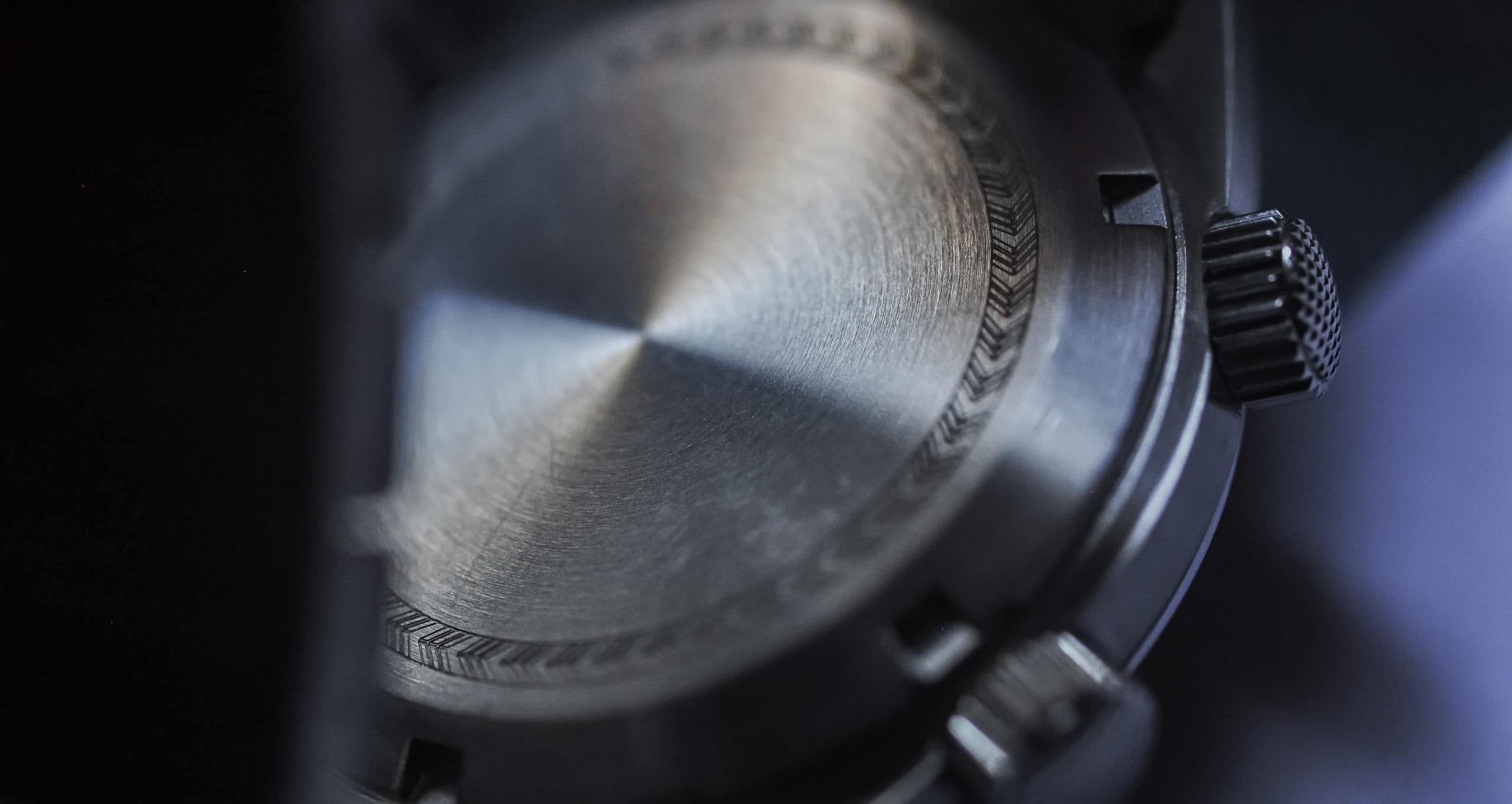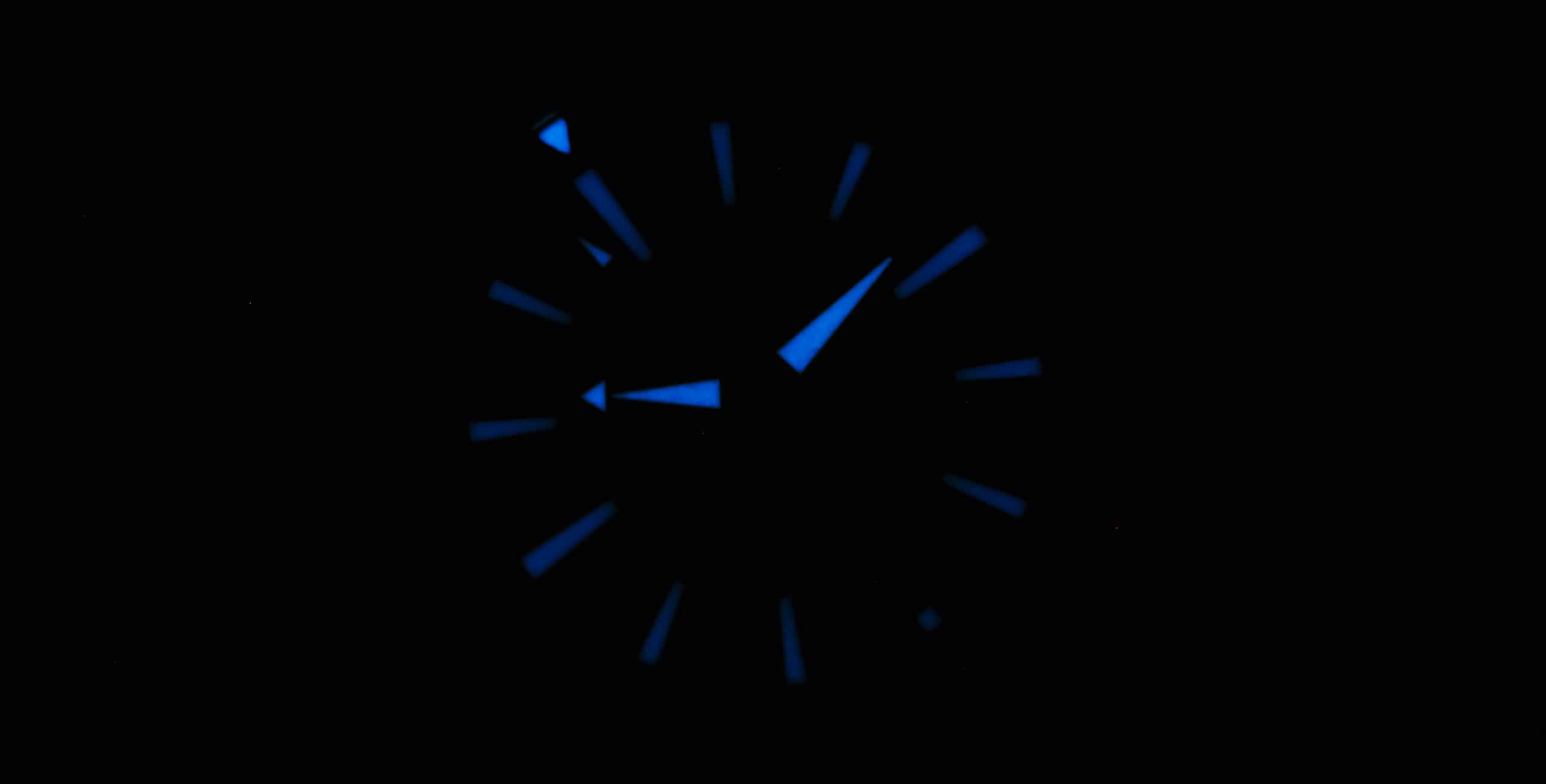When the design of a watch is changed drastically, sometimes it can be met with jeers from the peanut gallery. It’s the same way in the automotive world. The new design is either something that takes their breath away, or something that people kind of scratch the back of their heads while trying not to curl their upper lip to their nose in a way that screams, “Ehhh.”
Sometimes, when these manufacturers have a good thing going, they will typically tweak a design, or add a modern technology, or simply change the movement to avoid that loss of revenue and fandom. In Lorier’s case, they decided to give the Hydra a complete overhaul, not only changing the case design to differentiate it from the Neptune, but the engine under the hood is all new too. I was lucky enough to have been able to review the original Hydra, and now the Hydra II.
Despite the global pandemic, Lorier had a pretty productive 2020 with collaborations, updates, and the release of new models. Rifling through the information on their site about the design of the new watch, it’s clear that they took a lot of inspiration from Super Compressors of the past, which is something that no other company did in any way in 2020 (wink wink).
However, let’s give the watch the benefit of the doubt. One of the hang-ups that I always had about the original Hydra, was that it looked too much like the Neptune, and while I liked the Hydra, I wondered if it could be successful sitting next to the Neptune, which came out earlier and already had the momentum. So now the Hydra is an entity separate from its siblings giving buyers a completely different design to choose from, but can it pull off the Compressor look while still holding onto that Lorier DNA, AND give you all the feels you want from a vintage look?
The New Case
One thing I’ve learned about Lorier is that while you may see a lot of similarities on the surface, the deeper you look, the more you see. This was my experience with the new Hydra. Aside from the differences that are clear, you feel that underneath, you’re looking at the same watch overall as the case designs are very similar to the other watches in the lineup. Diving deeper, you’ll find that isn’t the case at all.
Speaking of cases, the width and the lug-to-lug remain pretty much unchanged at 39mm and 47mm respectively, which means that the size of the case is a perfect balance for small and big wristed folk alike. While the overall shape of the case looks the same, with its long, straight-edged lugs, from the side the case is noticeably thinner when compared with the older model.
This is due to a new movement inside that we’ll get to in due time. It’s especially noticeable on the wrist. It sits lower and closer, and personally, the thinner you are, the closer you are to those exalted 1950s-1970s skin divers and sports watches. Even with Lorier’s ever present, high dome plexiglass crystal, the watch only comes in at 11.5mm total. That’s a hefty reduction over the original which was 12 at the bezel!
One of the big changes in the case was the deletion of the external bezel in favor of an internal bezel. This makes the crystal larger and spread across more real estate. Lorier’s use of Plexiglass has become one of their trademarks. It’s warm, and beautifully clear when looking straight down but distorts heavily from extreme angles.
There’s no need for modern AR coating here, and in my opinion the crystal gives a great look and feel to the watch. In some ways, it may also help to keep costs down, but no matter the reason, it’s fantastic. While more durable and shatter proof than its glass counterpart, there is that matter of scratching. And although most scratches can be easily wiped away with PolyWatch or the like (I actually had to clear a few from the crystal before I took photos), it’s a scratch magnet.
Scratches deeper than scuffs will happen eventually if worn without thought in a seriously active lifestyle, and something a little tougher, possibly the wet and sandy type, would have to be used to remove it. I guess the point I’m trying to make is that if scratches bother you, or if you’re one of those people that just stay up at night worrying about the clarity of your watch, the crystal is going to be a turn off. For people like me, it’s bloody brilliant and still one of my favorite parts of the Lorier watches I’ve tested as a whole.
The previous Hydra was a big crowned beauty, but the new Hydra has ditched the big crown for two. Adorning the right side at 2 and 4, the crowns are smaller, but easy to grip. Both have a knurled finish as a throwback to the Compressors of old, and while the finish of the knurled pattern isn’t as sharp as say, the Christopher Ward Super Compressor, the Lorier is also much more affordable, and at 100M of water resistance (and that’s 100M of actual pressure tested water resistance), they pull off just about the same amount of work as the CW.
The crowns work the same way here as well with the main time crown being a screw down, and the bezel crown being free. Bezel action is smooth and there is nice resistance when rotating the gives you the confidence that it won’t easily be jostled by your wrist or anything else it might come into contact with. Here’s another shocker. The bezel action has no play. I said that I forgave the CW knowing how the mechanics of the bezel worked, but I figure the Lorier isn’t made much differently and theirs has no play in the crown or bezel. Bravo.
Lorier’s Signature Bracelet
I saved a criticism of the case for the bracelet as well. The bracelet is lovely. It tapers perfectly from 20mm to 16mm and has that wider first link to integrate the bracelet into the watch giving it that oval shape and accentuating the watches shoulders. Its thick blocky links articulate perfectly and fully letting them fall over any shape perfectly and comfortably. No bling here, this bracelet is all sports with its brushed surfaces down to the push button clasp that locks into place neatly and tightly.
This is such a good bracelet at this price. Probably one of the best. I’d like to see this next to the bracelet of a Halios. The Lorier is a little thick, but I believe those would be good competitors.
So, what’s the criticism? Well, if you’ve ever worn a Lorier, you realize that while the finish and the fit are fantastic, the edges of the bracelet and the case can be a bit, well, sharp. Like they were cut from a solid brick of stainless steel sharp. I’m sure the wooden doorframes of many a house has lost a battle with one. I’m pretty sure the Tungsten Carbide bracelet I wear took a hit while crossing hands during a left turn somewhere. It’s got an edge unlike any watch I’ve ever worn.
The Dial
The dial of the watch has also undergone a light makeover. Since the dial is a tad smaller overall, the minute track is tighter and appears to be more noticeable over the previous design. The major indices are also slight redesigned as they now end abruptly rather than having a slight point. However, the total indicator tapers from start to finish, whereas the previous did not.
The luminous paint seems better on all the markers than the last and the internal bezel corrects an issue I had with the previous. The original Hydra had a faux bakelite bezel that had “lumed markers,” except the lume was weaker on the bezel, if almost unperceivable. The new bezel has luminous paint only on the triangle and it’s as bright as the rest of the markers on the dial bringing everything to a balance.
The brushed hands are a carryover from the previous model and while there’s no longer any red text on the dial, it doesn’t need it. This is a new design, and it’s not trying to be someone it’s not. This time around, I feel as the dial is a smidge bland. There was something about the previous model that spoke to me. While this one plays well with the case to make the watch feel like a tool watch overall, and while everything works as it should and is overall improved, I felt a little less enamored with the dial than I did last time.
New Powerplant
One of the biggest changes comes under the hood. While the Hydra had Seiko NH35 power, the Hydra II is powered by the Miyota 9015, which is basically the Miyota answer to the ETA 2824. It beats faster at 28,800 and boasts a better accuracy of +-10 to +-30 a day without driving the price through the sky.
However, Miyota movements tend to have unidirectional winding. That means that the rotor only winds the watch when spinning in one direction. This in no way affects the winding process throughout the day but it does make for an unbalanced rotor shake in some instances that some people find annoying. My first watch was a Miyota powered watch, and 7750 chronos are the same way.
I don’t find it bothersome, but it’s there. The rotor also sounds like the wheel bearing of a rusted-out Ford on occasion. However, these are nit picked issues. The new power makes the Hydra II better considering the price and places it ahead of some of the competition from other smaller brands and maybe even some of the bigger ones.

The Final Word
Brands have come and gone in the last year, but Lorier’s portfolio seems to be growing. I find the changes they’ve made to be an improvement overall. I’m glad that the Hydra is now distinguishable from the Neptune at a glance. I feel like the bezel makes more sense and is easier to use whether it’s from diving or calculating the time zones. The thinness of the case and the new movement are much more pleasing. And finally, the feeling of a vintage sports watch is definitely itched.
The new Hydra is now $499.00 which is only 100 more than the previous model. I still think the watch is priced well considering some of the other microbrands with similar features come in a few hundred dollars higher. Sometimes it’s risky to change a model. Especially when it’s drastic changes. I think the risk pays off in this instance.
With that said, there was something that dug at my mind. It seems that the last couple of years have seen a resurgence in the compressor styling. I’ve reviewed two now back-to-back and see more out there now than ever. It feels almost like the “Pepsi GMT” cash grab that everyone designed. It’s gets tiring fast. I still think Lorier is a great pick from a couple that seem to really enjoy watches and make them for themselves and the fans. I hope they will continue to evolve their designs as time goes on, continue to be affordable, and hopefully, stand out in the crowd rather than disappear within it.

Baird is an avid motoring enthusiast and a self taught hobbyist watchmaker from Bristol, TN. He has a love for all things mechanical and has an affinity for the style late 60s and 70s Chronographs and Dive watches. Baird views watches as engineering marvels and tools for everyday life rather than just jewelry. His writing style is inspired by certain “British automotive journalists” and his own experiences growing up and living in a blue-collar society.










